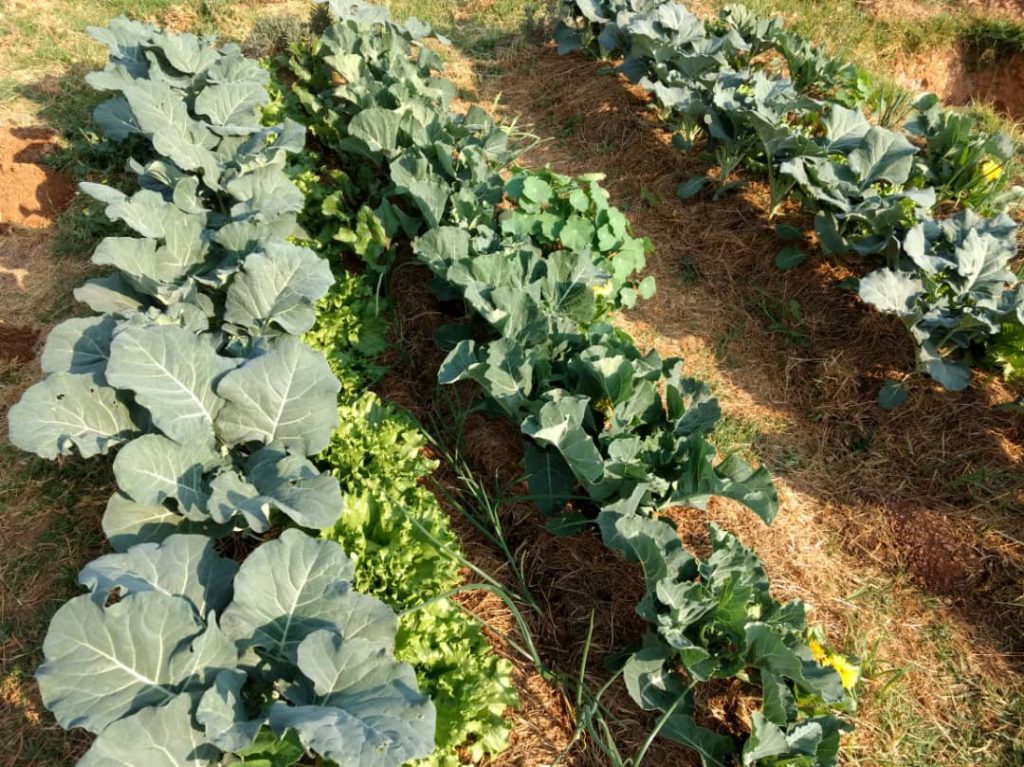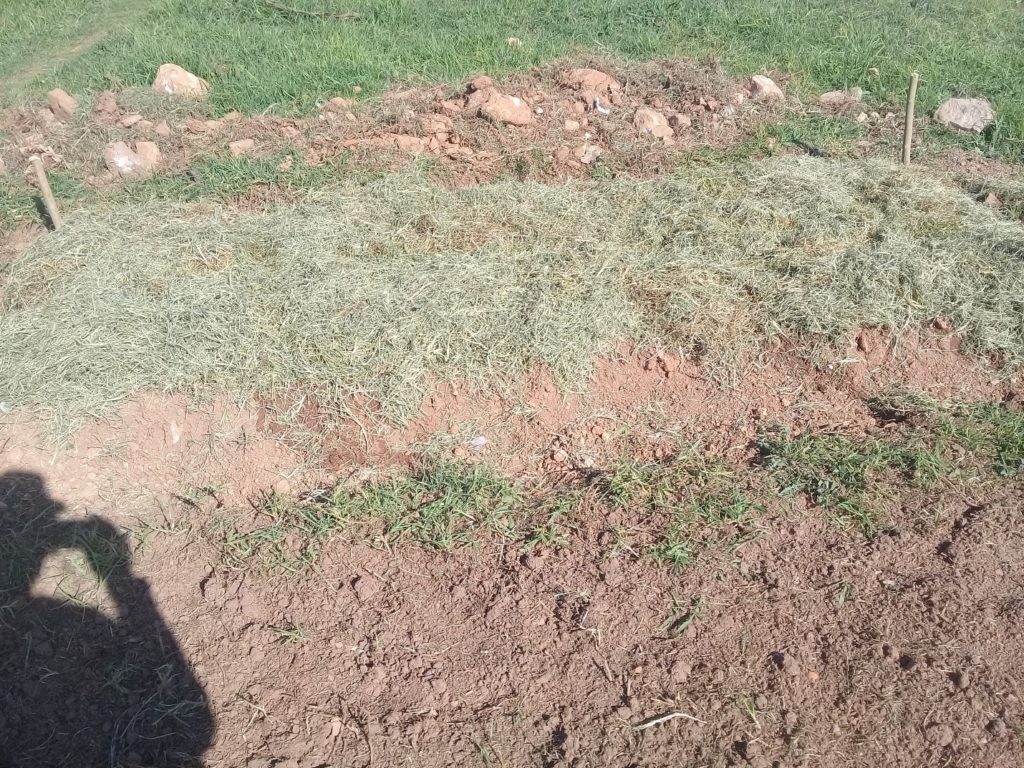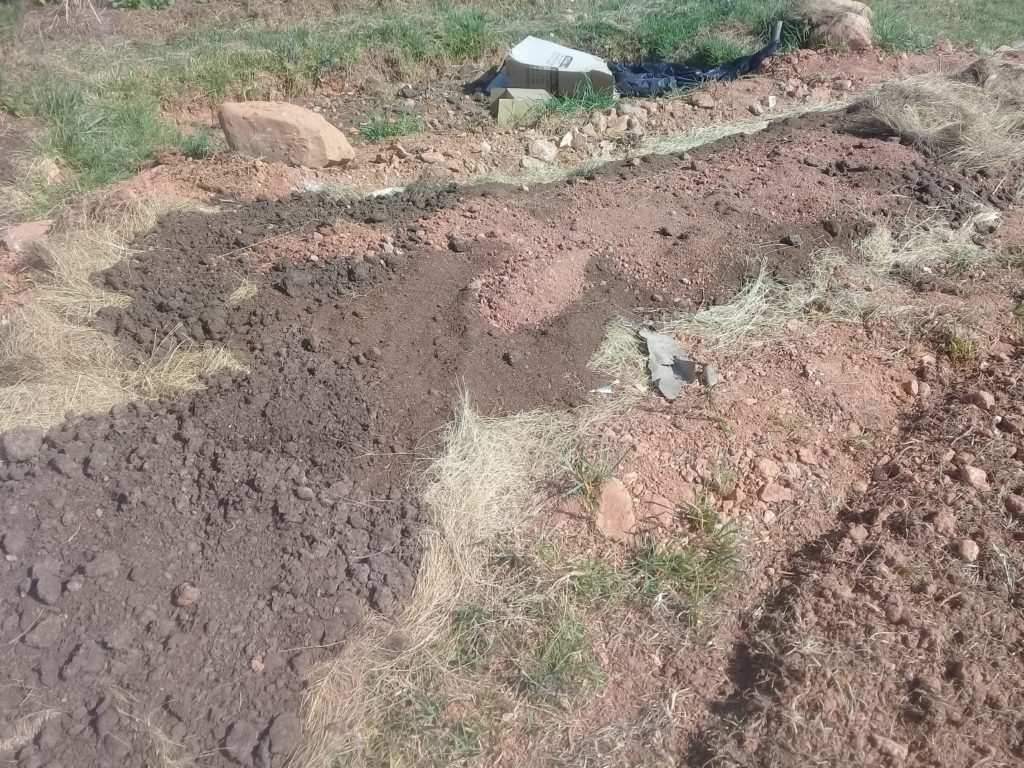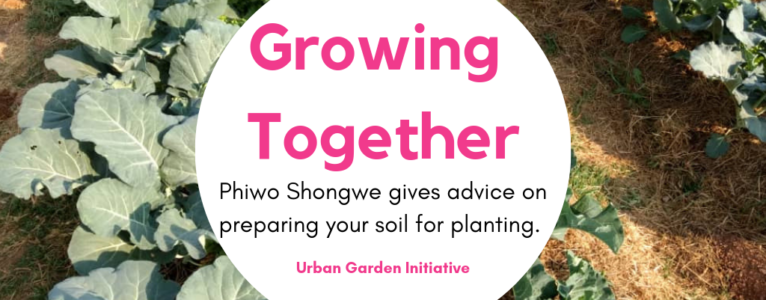Growing Together
Spring Soil Preparation

Ah, the sweet smell of spring. It’s such a refreshing time! The warm sunshine feels so good on our skin and melts away our winter blues. Colorful blooms are popping up, and it’s the perfect time to start planting the garden.
Healthy soil is the basis of healthy plants and a healthy environment. One of the most important yet overlooked requirements for a beautiful garden or landscape begins with great soil. Proper soil preparation addresses two crucial issues. The first is an adequate supply of nutrients, and the second is to create a soil structure that allows your plants to properly absorb those nutrients.
I would like to briefly discuss two methods of land preparation which I have tried myself at our site, however these two are not the only methods you can use for land preparation, depending on your preference and most importantly on how your space is like in terms of soil quality, land size and location you go for the method that will ensure maximum productivity and efficient resource use.
So let’s get to our two methods of focus for this session which is the normal raised bed and the no-dig method.
Normal Raised Bed Land Preparation Method

This is a very familiar land preparation method where there is intensive tilling of the soil to ensure a raised fine tilt of soil to plant in.
Materials Required
- Garden fork
- Spade
- Wheelbarrow
- Rake
- Pegs
- Wheelbarrow
- Pick
- Measuring tape
- Mulch
- Newspaper
- Compost
- You need to start cleaning the soil from weeds and roots because they will be competing with the plants for critical water and nutrients resources.
- You then need to define the shape and size of your plot and mark it out. Usually, it’s advisable to go with a breadth of up to 1.5m not more than that so you are able to work on your garden without having to step into your garden and damage the structure. Have clearly marked pathways to walk around your garden.
- Till the soil about 20-30cm deep to aerate and loosen clumps. This is to ensure that the soil is properly oxygenated and has good drainage.
- You then have to add compost to your garden to improve the soil structure and composition.
- Cover your garden with newspaper especially if you are not to plant immediately to suppress weeds.
- Cover with a thick layer of mulch for weed control and moisture conservation.
- Your garden is then ready for planting!!!
No-dig Approach Method

This land preparation method is ideal for poor, compacted soils that will not be good for anything to be directly planted into them.
Materials Required
- Spade
- Mulch (straw)
- Compost
- Newspaper
- Wheelbarrow
Methodology
- Even up or flatten the surface you will make your bed on, by removing dense vegetation and slightly pulverize the surface.
- Put newspaper or cardboard on the surface of the marked area where your garden will be at as a base for weed suppression.
- Cover the newspaper with a layer of dry grass that is about 10cm thick for aeration and drainage.
- Make a layer of compost that is 10-15cm thick as a medium of growth for your plants and nutrient supply.
- Sprinkle a little bit of topsoil on the compost.
- Repeat these steps starting from the dry grass until you reach the desired height for your garden depending on what you want to plant.


